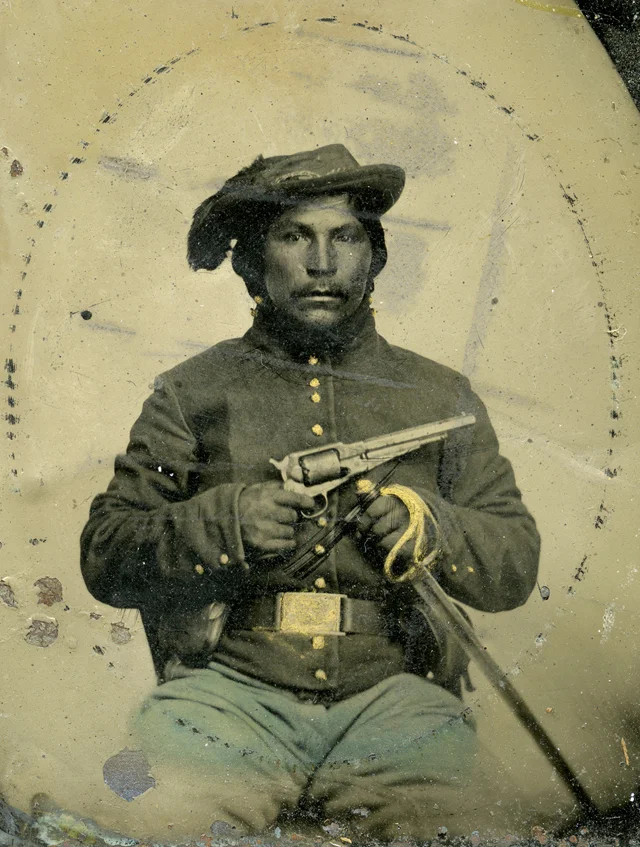“The ‘Milk and Water’ Policy…Is To Be Abandoned”: The Battle of Lewisburg, the Yankee, and Hard War in Western Virginia
/In late May 1862, United States soldiers of the 44th Ohio Infantry occupied the abandoned offices of the Greenbrier Weekly Era in Lewisburg, western Virginia. Having recently emerged victorious in the Battle of Lewisburg and perhaps faced with the boredom of occupation, the soldiers set about publishing a newspaper they christened the Yankee. Though the Federals only managed to print a single issue before evacuating the town, the Yankee’s four pages reveal the hardening attitudes of Federal soldiers and the arrival of “hard war” in 1862 western Virginia.
Read More















